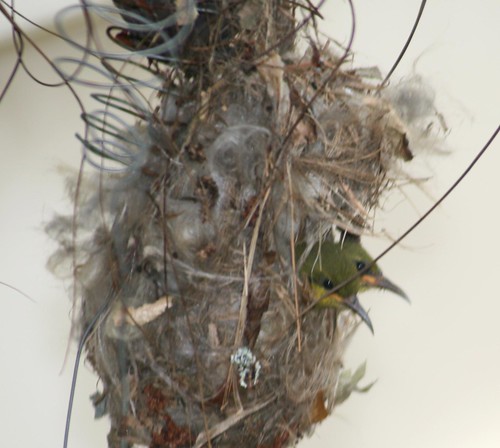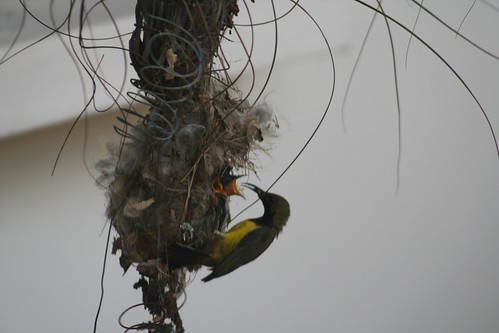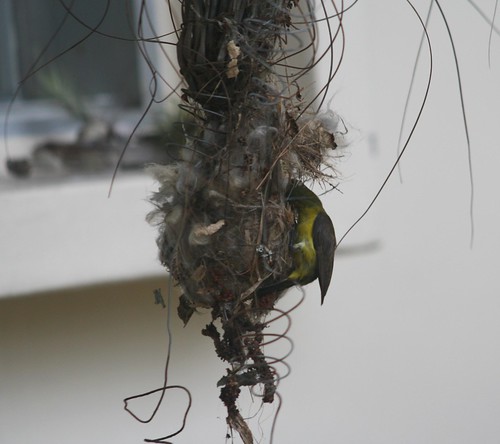
Personally, I am not choosy; but one of my Ipoh brothers-in-law always insists on Lou Wong. He is a friend of the boss there. Another brother-in-law from Kuala Lumpur loves this dish so much that whenever he goes to Ipoh, he must visit this restaurant. In fact, I heard that he once made the three-hour drive to Ipoh just to satisfy his craving for this dish. And I thought that we Singaporeans are crazy about food.
By the way, in case you are wondering; my wife has four sisters. She is number 2. Two are married to Ipoh guys, 1 to a KL businessman and another 2 to Singaporeans. Every December we try to have our ‘reunion’ in Ipoh.
For you foodies, please don’t ask me for the address of Lou Wong. I always have difficulty remembering Malaysian road names. But that’s not to say I do not know where it is. The only road name that I can recall that’s near to it is Jalan Yang Kalsom.
The way the Ipoh bean sprout chicken is eaten is quite different from our Singapore chicken rice. In the first place, they don’t usually eat it with rice. Instead it is usually eaten with kueh teow in soup, or what Ipoh people call ‘fun’ – short for sar hor fun, and the bean sprouts of course. In addition, we usually order a bowl of fish balls to go with it. Ipoh people call it ‘yu tan’ or fish egg to be more precise, whilst in Singapore we call it ‘yu yuen’. The chilli they use is also quite different. Instead of chilli sauce, they take cut green chilli on a plate mixed with garlic and light sauce.
I am sorry that I not good at describing food. Let’s just say that it tastes great.
Anyway, they say a picture is worth a thousand words. So I show you some photos instead. If you want more, just go to Flickr and do a search and you will certainly be able to see better photos than mine.
I felt at bit silly taking out my camera to take these photos. But judging from the reaction; or rather, non-reaction of the other customers and the restaurant staff, I can say they are pretty used to people taking pictures in the restaurant. Just look at all the newspaper cuttings on the wall.






I shall end with a funny story relating to the Ipoh Ngar Choi Kai. Not far from my house, at the junction of Jalan Pasir Puteh and Jalan Bunga Raya, there is a food centre. One of the stalls sells Ipoh Ngar Choi Kai of quite good standard. So one evening we decided to eat there instead of driving all the way to town. Whilst ordering the chicken, the stall owner recommended us another chicken dish. It had a rather fanciful name. Ipoh hawkers are very creative in coining names for their dishes. Remember the Four Beauties of Big Tree Leg.
Anyway, when the dish arrived, we asked the hawker what is so special about this dish with the fanciful name. He said. “This is a special chicken dish from Singapore.” We almost burst out laughing, but restrained ourselves in order not to embarrass him!

















a.jpg)
b.JPG)
c.JPG)
d.JPG)
e.JPG)
f+-+27+Jn+Abdul+Samad+JB.JPG)




























